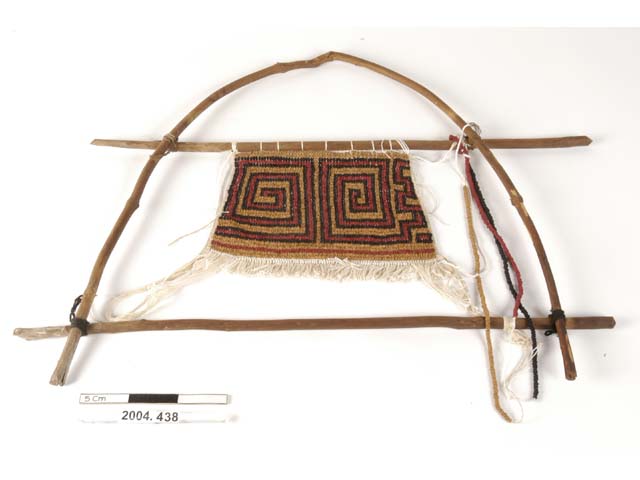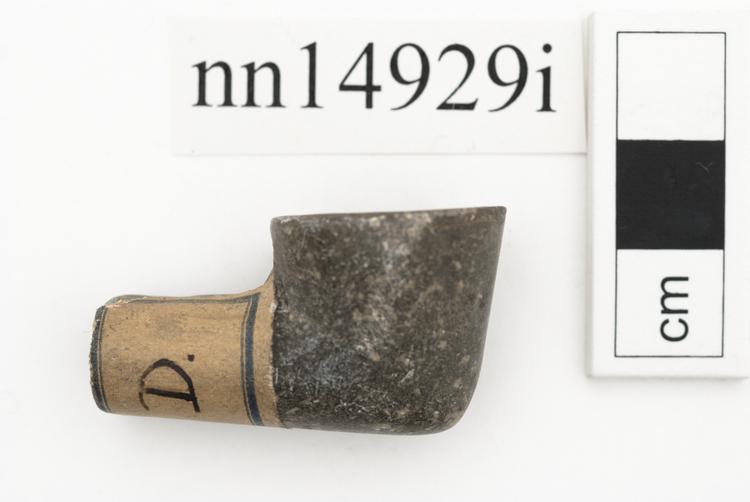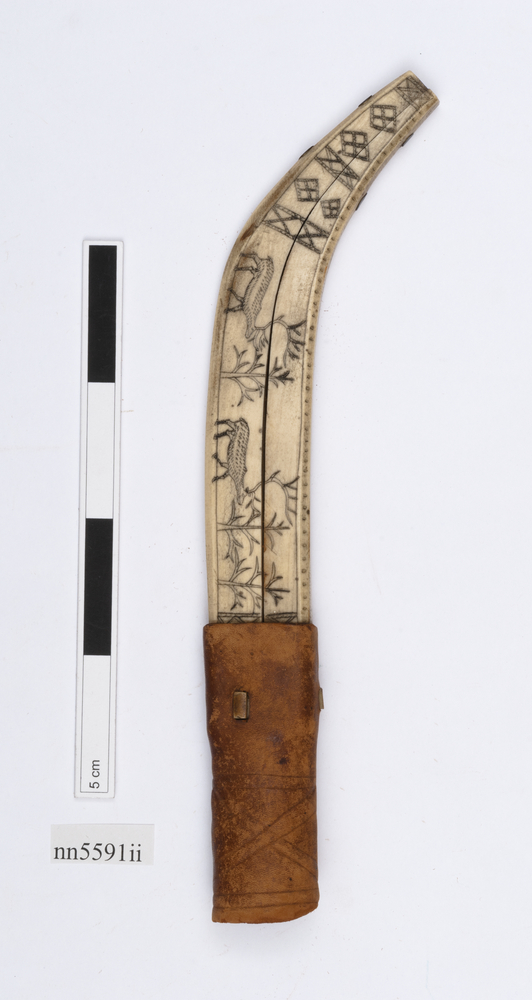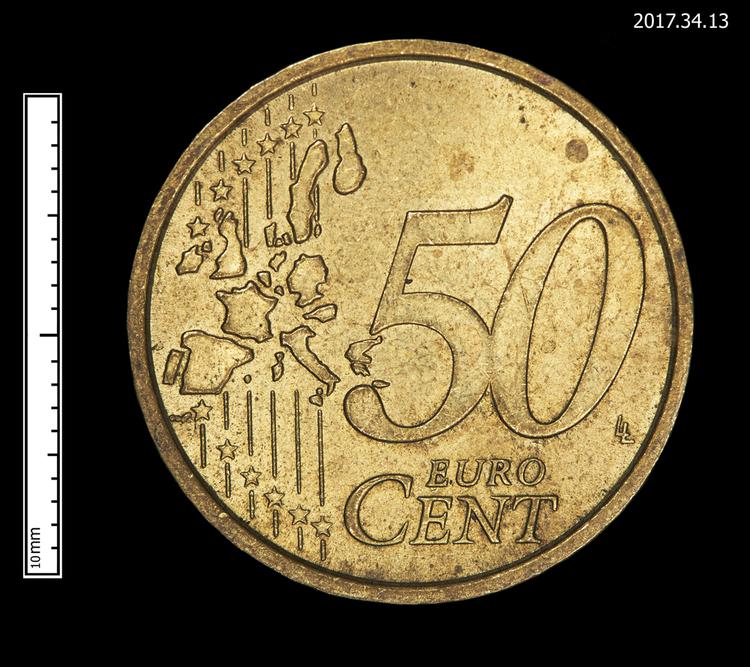
Before glass beads were introduced around the 1800s, into the regions occupied by the Amerindians, various seeds were used to make aprons. Trade in beads became part of a complex exchange system spanning from the Rio Negro basin to the coastal parts of the Atlantic Ocean. Women using a frame known as keweyuapon "the seat for the keweyu" made aprons (also known as keweyu in Creole) and decorated them with abstract motifs that added aesthetic beauty and contained cultural meanings. The keweyuapon frame shown here is made of a stick that has been bent into a curve with the ends tied to form a crossbar form. The apron on the frame is made of seeds and has the okoimo or anaconda patterns which are also found on stools, cassava graters, baskets and other related objects. The seeds were dyed using the natural red annatto so as to achieve the contrast. The Wai Wai and their immediate neighbours preferred blue and white beads. Coloured beads such as red, yellow or were used to decorate the edges of the aprons. Also toucan feathers, beetle wings and seeds from nuts were attached at the lower parts of the aprons. The keweyu is nowadays made for sale to collectors and tourists because they have been replaced completely by western attire.






